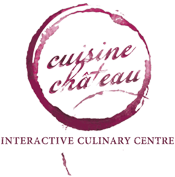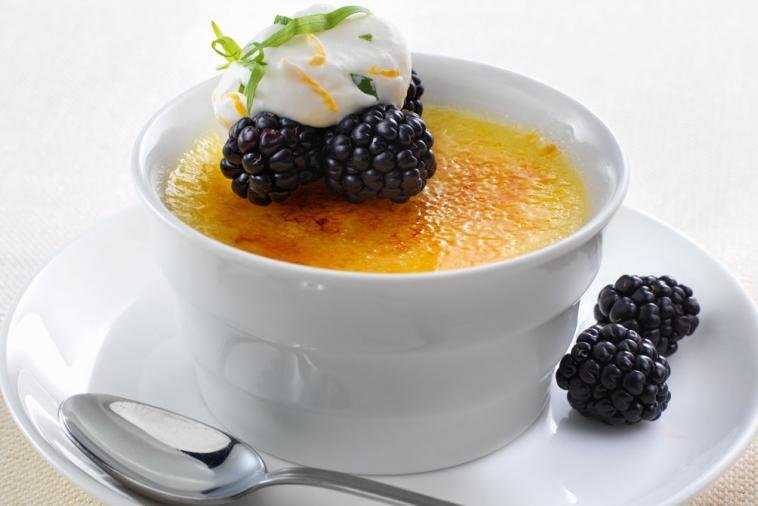Tarragon (Fr. Estragon) An iconic herb of the French Cuisine
There is very little words that could explain my unconditional love for tarragon. French Estragon Bien-sûr!
Also known as “ king of herbs”, tarragon is an irreplaceable component of the famous French “Fines herbes” so appreciated in classic French Omelette.
This easy to grow perennial herb has also many impressive health benefits, including the potential to reduce blood sugar, inflammation and pain, while improving sleep, appetite and heart health and it is so versatile that it can be added to a variety of foods, savoury or sweet or infused into vinegar for a classic Béarnaise sauce — whether you use fresh or dried varieties.
While French tarragon, with its glossy, skinny leaves and aromatic flavor is the most common, there are other varieties, including Spanish (also known as Mexican) tarragon and Russian tarragon.
Mexican mint tarragon has a flavor very similar to French tarragon, although slightly richer; it also has small golden flowers. While Russian tarragon looks very similar to French tarragon, its taste is stronger and more bitter, and it's used most often to flavor drinks for a short period of time.
Fresh vs. Dried
As with many other herbs, there is a great difference between fresh and dried since tarragon is a delicate herb and more volatile during the drying process where it will loose some of the fine and subtle characteristics that make fresh so appealing.
If using dried instead of fresh, 1 teaspoon should be substituted for 1 tablespoon.
Fresh tarragon can also be dried at home, either slowly in an oven on warm (no hotter than 200 F) or in a dehydrator. Fresh tarragon can be stored in the fridge for four to five days, while dried tarragon may be kept in a cool, dark place for up to four to six months.
What Does It Taste Like?
It is considered as a licorice-tasting greens like the one used in making the French aperitif absinthe. The stems are tough and woody, and the leaves are long and thin with pointed ends.
Tarragon is one of those herbs people tend to either love or hate as this herb has a complex combination of bitter and sweet, with touches of vanilla, mint, pepper, and eucalyptus, distinguishing it from other licorice-tasting foods like fennel. That being said, the French variety is mild, marrying these contrasting flavors together to create an elegant and delicate herb.
Cooking With Tarragon
Fresh and dried tarragon are used differently in recipes. When cooking with fresh, the leaves need to be rinsed and patted dry before use. They are then removed from the stem, which can be done simply by running your fingers along the stem from the top down. The leaves can be used whole or finely sliced but should not be chopped as they bruise easily. Fresh tarragon should be used raw or added toward the end of cooking; if left to cook a long time, the flavor will turn bitter. Dried tarragon is added early on in recipes but will not create the same effect as fresh due to its diminished flavor. Tarragon based recipes are endless.
How to Grow Tarragon
Tarragon is native to mild European regions. It's hardy, drought-resistant and easy to grow in a sunny or partially shaded spot in well-drained soil. It thrives in spring temperatures and doesn't do well in overly hot climates.
French Tarragon produces sterile flowers, so it can't be sown from seed in your garden. You'll need to buy a young plant or obtain a cutting from a friend or neighbor.
Planting up in early spring will help ensure the best flavor, and making sure your Tarragon doesn't get too much direct sun in hot climates is best. You'll also need to select a sandy, well-draining soil.
Tarragon Crème Brûlée – Serve 4-6
500 ml cream 32-35%
100 gr sugar
5 egg yolks
2 whole eggs
1 vanilla pod
1 tbsp finelly sliced French tarragon leaves
You will need:
4-6 individual ramequins about 2.5” in Diam. and 2” tall
1 roasting pan (to poach the Crème Brûlée)
One medium sauce pan with a whisk
One bowl
1 fine strainer
Method:
1. Preheat the oven to 325°F
2. Split the vanilla pod in half lengthwise and scrap the seeds out using the back of a small knife.
3. In a medium size sauce pan, combine the cream with the scrapped vanilla seeds and the sugar. Bring to a LIGHT SIMMER (Do not boil!) then add the finely sliced tarragon. Cover with a lid or a plate and allow to steep for 5 minutes.
4. In the meantime, beat the eggs and yolks in a bowl like you would make an omelette.
5. When cream mixture has steeped; turn the heat back on and bring the cream to a VERY FAST BOIL and as soon as the cream is starting to boil, pour the mixture at once over the beaten eggs/yolks mix and whisk for about 1-2 minutes to start cooking the eggs and cooling the cream. (NOTE: This step is very important as it will melt the sugar and create a light creamy custard type of mixture. This is also the pre-cooking stage of the Crème brûlées.
6. Pour the mixture through a fine sieve and divide equally into the 4-6 ramequins.
7. Space out the ramequins into the roasting pan and pour some hot water (from your kettle) in the roasting pan about ½ way up the sides of the dishes.
8. Place into the oven for about 30 minutes or until the Crème brûlées are JUST wobbly set.
9. Remove from the oven and allow to cool in their water bath for about 10 mns. Place in the fridge for at least an hour before “brûlée” them.
Final step: Bruléeing your Crème brûlées.
Sprinkle a little sugar over each set custard to evenly cover them, and, using a blow torch, brûlée each one of them in a circular motion until the caramel is rather dark brown and uniform.
Allow the sugar crust to harden for a few minutes before serving.
Garnish with a dollop of whipped cream and some fresh blackberries and grated orange zests (optional).



